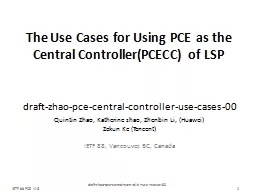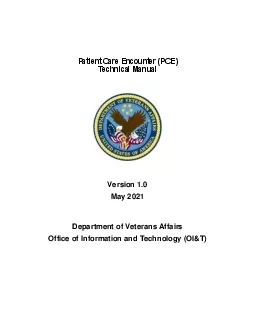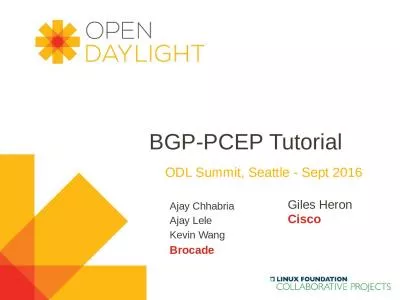PPT-The Use Cases for Using PCE as the Central Controller(PCECC
Author : trish-goza | Published Date : 2017-09-16
draftzhaopcecentralcontrollerusecases00 Quintin Zhao Katherine zhao Zhenbin Li Huawei Zekun Ke Tencent IETF 8 8 Vancouver BC Canada Introduction The existing
Presentation Embed Code
Download Presentation
Download Presentation The PPT/PDF document "The Use Cases for Using PCE as the Centr..." is the property of its rightful owner. Permission is granted to download and print the materials on this website for personal, non-commercial use only, and to display it on your personal computer provided you do not modify the materials and that you retain all copyright notices contained in the materials. By downloading content from our website, you accept the terms of this agreement.
The Use Cases for Using PCE as the Central Controller(PCECC: Transcript
Download Rules Of Document
"The Use Cases for Using PCE as the Central Controller(PCECC"The content belongs to its owner. You may download and print it for personal use, without modification, and keep all copyright notices. By downloading, you agree to these terms.
Related Documents














